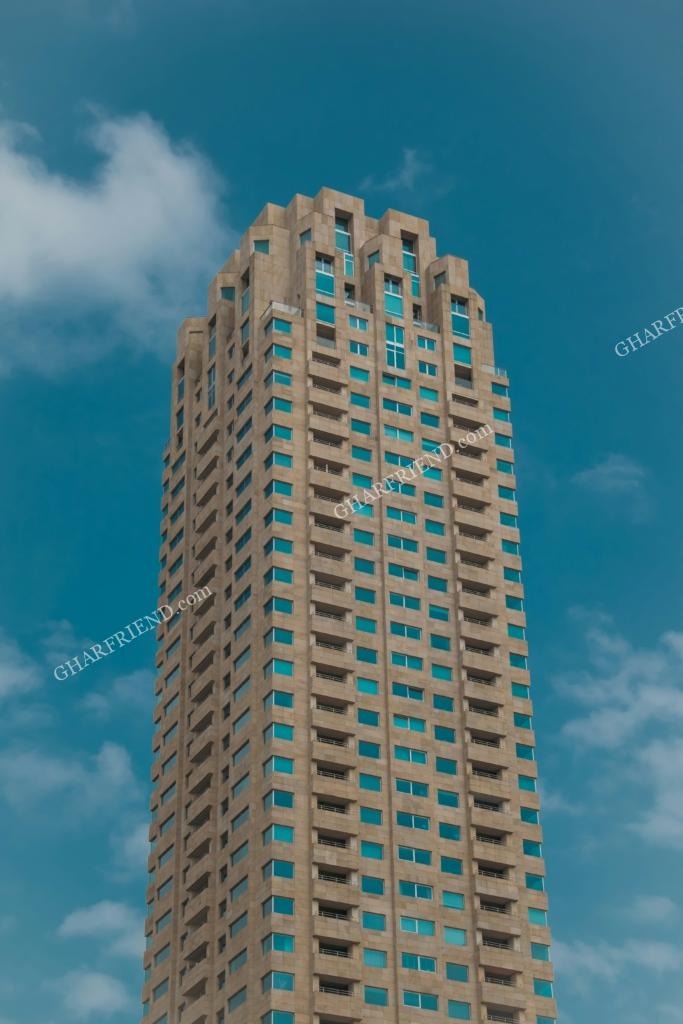Redevelopment in Mumbai and other metro cities is booming — but before your society signs a deal with a developer, it’s crucial to understand the two major types of redevelopment models: Cluster Redevelopment and Standalone Redevelopment.
In this blog, we’ll break down both models, their benefits, challenges, and which one is the right fit for your locality or society.
🏗️ What is Standalone Redevelopment?
Standalone redevelopment involves only one housing society or building getting redeveloped on its existing plot by a builder.
✅ Advantages of Standalone Redevelopment
- Faster Approvals: Since only one society is involved, decision-making is quick.
- Tailored Plans: The developer customizes plans as per the society’s requirements.
- Lower Legal Complexity: Fewer stakeholders mean less paperwork and fewer disputes.
❌ Challenges
- Limited FSI & Height Restrictions: You may not get much extra area.
- Amenities May Be Limited: Due to space constraints, only basic amenities are offered.
- Less Negotiation Power: One society may not attract top-tier developers or large-scale investment.

🏙️ What is Cluster Redevelopment?
Cluster redevelopment involves multiple buildings/societies in a region being collectively redeveloped as a single large project — usually by a private developer or government body under urban renewal policies like DCPR 2034 (in Mumbai).
✅ Advantages of Cluster Redevelopment
- Maximum FSI (Up to 5 or more in Mumbai): More redevelopment area and better flat sizes.
- World-Class Amenities: Larger land parcels mean room for gardens, swimming pools, clubhouses, etc.
- Upgraded Infrastructure: Roads, sewage, water, and electrical connections are upgraded for the entire cluster.
- Government Support: Many urban bodies promote this model through incentives and relaxed norms.
- Increased Property Value: The modern infrastructure and improved locality raise resale and rental potential.
❌ Challenges
- Longer Timelines: Coordinating multiple buildings and approvals can delay projects.
- More Bureaucracy: Needs involvement from urban planners, MMRDA, MHADA, SRA, etc.
- Consensus Building is Tough: Getting agreement from hundreds of owners can be time-consuming.
- Temporary Relocation Hassles: Alternate accommodation for a large number of families must be managed.
🧠 Which One Should You Choose?
| Criteria | Standalone Redevelopment | Cluster Redevelopment |
|---|---|---|
| Speed | Faster | Slower |
| Amenities | Basic | Advanced |
| FSI Benefits | Limited | Higher FSI available |
| Cost to Developer | Lower | Higher |
| Ideal For | Individual societies | Old, dense localities like Kalbadevi, Girgaon, Dharavi, etc. |
| Government Involvement | Minimal | High (especially under urban renewal projects) |
📌 Real Example in Mumbai
- Standalone Redevelopment: A 40-year-old society in Borivali East goes for individual redevelopment and gets 15-20% extra carpet area.
- Cluster Redevelopment: Entire BDD chawls or Dharavi slums being redeveloped into high-rise towers with integrated roads, amenities, and infrastructure.
🔍 Conclusion: Final Thoughts from a Real Estate Expert
If your society is financially strong, well-managed, and located in a non-congested area, standalone redevelopment is faster and more customizable.
But if you’re in an old congested area with poor infrastructure, cluster redevelopment may completely transform the lifestyle, amenities, and property value — though it requires more patience and coordination.
💬 Need Guidance?
Want expert help evaluating what’s best for your society?
📞 Call Uddesh Gupta at 9967524252
🌐 Visit : Affordable Luxury Homes at Raj Akshay, Kashimira Road – Book Now!
You Tube : 1BHK FLAT IN SILVER PARK, MIRA ROAD






Join The Discussion